 In this article we investigate the real possibilities that exist when integrating security systems with air conditioning and heating systems. Below know the conclusions given by the experts.
In this article we investigate the real possibilities that exist when integrating security systems with air conditioning and heating systems. Below know the conclusions given by the experts.By: Duván Chaverra A.
In the last edition 12-6 (November-December 2008) of Security Sales, an article was published called "Integration, from fiction to reality" that talked about the facilities that were being presented in the integration to allow other technological systems, different from those of security, to work effectively being managed by the same control center.
Among the topics that were addressed, the issue of the integration between security and HVAC was mentioned, and in that sense one of our readers differed with some of the notes that were published on this matter; expressed that the information that had been delivered to readers was a bit biased towards a single sector.
Therefore, and due to the importance of subscribers for Security Sales, we contact our reader and invite him to participate in this edition to give his point of view. His name is Carlos Alberto García, control systems manager of Johnson Controls in Colombia, a multinational company dedicated to integration.
In addition to García, we also invited two expert sources in security integrations, such as Lenel and EBC Ingeniería, represented by Alejandro Angeletti, business development manager in Argentina, and engineer Óscar Silva, commercial vice president in Colombia, respectively, who from their experience in this market gave us their perceptions on the specific topic that will be discussed in this article.
The specific case has to do with the difficulties that arise in the integration of security and HVAC. Is it possible that both systems can be integrated? What are the points to take into account when integrating them? How to make both technologies work properly without one affecting the other? In addition, we will talk about the current state of this market taking into account the difficult 2009 that the economy in general has experienced; and we will also analyze which are the sectors that currently demand this service the most.
In the first item, in which we found out about the possibility of integrating several systems into one, our three invited sources agreed that everything depends on the requests made by the end user.
"There may or may not really be inconveniences, if the end user is looking for a solution in which all subsystems interact and share information beyond simple dry contacts, which do not allow generation of reports, statistics, friendly graphic functions and energy management, it is possible to have difficulties," explained the representative of Johnson Controls, who added in this regard that "these difficulties are born in the protocols in which the security systems 'speak' (usually proprietary) and HVAC (Bacnet or LON) and are increased to the extent that the solutions on the market do not have the ability to 'talk' to other protocols or at least employ 'translators' of functional protocols to make these integrations."
Alejandro Angeletti said that "in the first instance it is important to know what they want integration for. Second, it will depend on the platforms they want to integrate, if this is an open security system it will surely be able to integrate with HVAC platforms, if it is an access control system or closed video it will not be able to integrate. Air conditioning and heating systems are generally open and use Bacnet or similar protocols and have another philosophy unlike security systems."
Angeletti believes that in this type of integrations "the difficulty is because not everyone understands that there really is a need to integrate, that happens more in Latin America and is aimed more at the Colombian market than the rest of the region, where security integration with HVAC is not being demanded so much, they are two different worlds, two different users."
Óscar Silva, for his part, believes that the end user should be offered the integrated system: "We always talk about integration, but the problems begin when systems that are not already integrated are offered. Really what you need to install is an integrated system, not integrate systems. In our case we offer a suite of solutions among which is the safety module, also the Buillding or HVAC module, the safety or fire module, energy, access control, etc. When this is not offered in the right way we would not talk about integration but about developments, with the problems that this brings."
It is clear then that the problems of integration can occur because the right product is not offered, because of the request made by the end user or because the systems do not use open protocols, which prevents efficient and dynamic integration.
How to achieve good performance?
Is it possible that all embedded systems can become saturated? If this is true, it would impede the good performance of the integration in question. Carlos García said that the proper behavior of an integration between security and HVAC depends on a good installation that prevents a failure of one of these two systems from affecting the other.
"A solution is installed on independent but related servers, in which a security flaw does not technically disable the BMS (Building Management System) platform 100% and vice versa. It is also very common for each field controller to have sufficient intelligence and internal memory to maintain its autonomous operation, while recovering centralized control, thus less affected the routine operation of the systems within the building. In the end, when the system is recovered, all the drivers download the information back to the servers and thus overcome the inconveniences without drastically affecting the operation of the building."
For his part, Angeletti considers that the issue goes more through specialization than through the saturation of integration: "Good security systems do only security, good HVAC systems do the best thing they do is this and when you ask them to take care of access or video control, they can do it but it is not the strong one. I don't think it's because of the saturation but because of the specialization of each of the systems, because when you demand that an HVAC be a good security system, that's when the problem comes and vice versa."
Óscar Silva said that as long as the integration depends on a single application there will be no saturation problems that prevent the good performance of the integration: "This basically has to do with it being a single application and database, as we mentioned above, when it is a single BAS software the performance depends on the machine or server on which it is installed, which should always have the best features."
Difficulties of closed protocols or owners
"I think there is not necessarily a suitable type of system to carry out the integration. What must be clear is what the end user expects from the installed systems, in order to guide it properly, and install solutions from different manufacturers that at the end of the day communicate in the same language within a network, that is why integration protocols such as Bacnet, Lon, Modbus among others are sought, "explained the representative of Johnson Controls.
Our sources also agreed on the importance of advising the end user in a good way to acquire the best product according to their needs and expectations in the future, because a proprietary system, which in principle was the initial ideal of the client would not allow him to work later with other brands if he wants to integrate other systems. Therefore, they highlighted the importance of the interaction protocols that we have mentioned.
"In the Colombian market, some series of "protocol translators" are used by each manufacturer to integrate third parties when they do not speak the same language of their solution; these integrations occur in the field of supervision and in few cases of control," said Carlos García.
Meanwhile, the business development manager of Lenel, commented on this specific issue that "the problem of having proprietary protocols is that they make the end user captive and then they can not integrate new equipment, unless they are from the same manufacturer, which means that in the long run they have to pay high maintenance costs, new products and updates. The advantage of working with open protocols is that they allow greater openness and flexibility of the system to integrate equipment from any manufacturer, and also allows better integration and management; obviously that tends to drive down costs."
Angeletti also spoke of the importance of advising the customer correctly before purchasing a product in integration: "Before selling you have to listen to what the customer's need is. The issue is that sometimes you have to educate him so that he knows what to order, so that there are no induced sales which is what is best for the seller and not the buyer. Currently, in most markets in the region, basically the orientation is inclined to expert systems in security, systems that are experts in automation and that have standard communications protocols to be able to integrate, not only with HVAC but with other areas. "
The current situation of integration in Latin America
Our guests do not skimp on words to ensure that this segment grows as technology allows, and that its present allows us to visualize a much more striking future.
"Today it is in a good point, because it allows us to give the tool to the end user and the integrator or to ourselves to offer the service and put on the table the possibility of defining how we want to integrate the other product, and then work on a functional analysis and on the development of the interface, which can be opened and developed by anyone. I think it's in the sweet spot in that regard, possibly in the future there will be a major development that allows for even simpler, more secure, faster and less expensive integrations," Angeletti said.
While Garcia commented on the extent to which integrations can evolve: "In this market there is no logical limit, since it is always possible to develop any solution. Normally the most common solutions required by the market are marketed, but it does not mean that special cases cannot be made, the detail is that they are highly expensive since they must be developed only for a specific application, not standard of the market. "
Finally, on the demand in Latin America for integration services, the sources assure that Colombia is one of the most important markets: "From Johnson Controls we have seen projects of this style in Argentina, Brazil, Mexico, Peru, Venezuela and Ecuador. However, for us it is clear that Colombia is the country with the largest number of integrated projects," explained Carlos Alberto García.
Meanwhile, Óscar Silva said in this regard that "the demand has grown now more than ever, especially with the issue of green buildings, energy saving and operation savings the systems must be fully integrated. Colombia is a pioneer in this segment together with Peru."


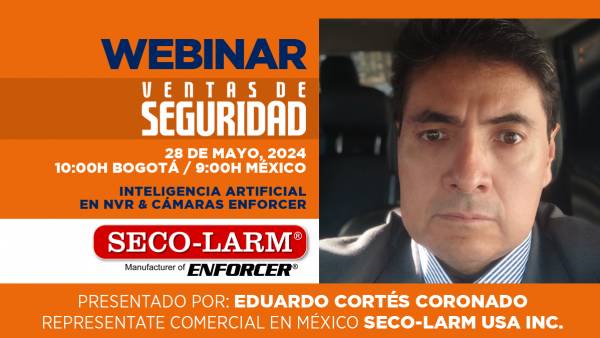
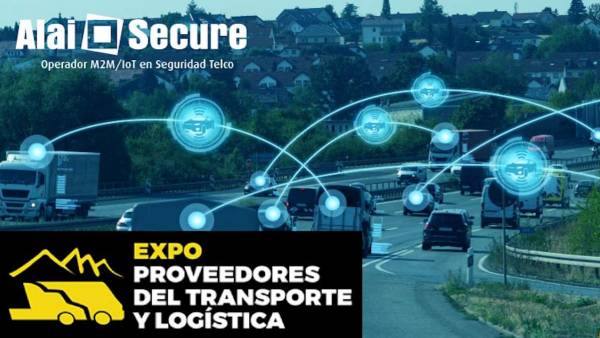
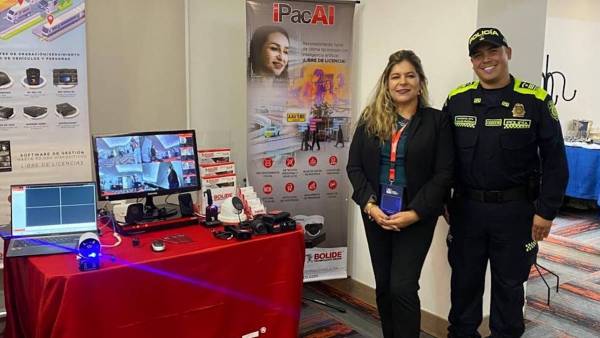
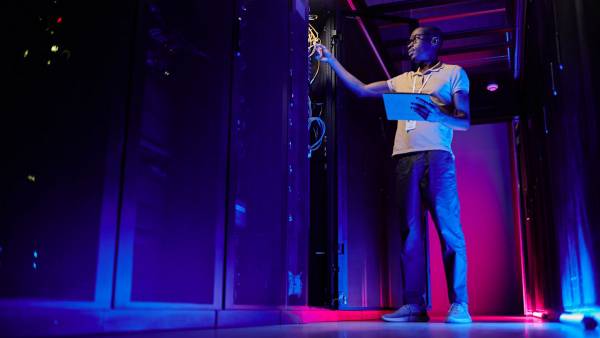
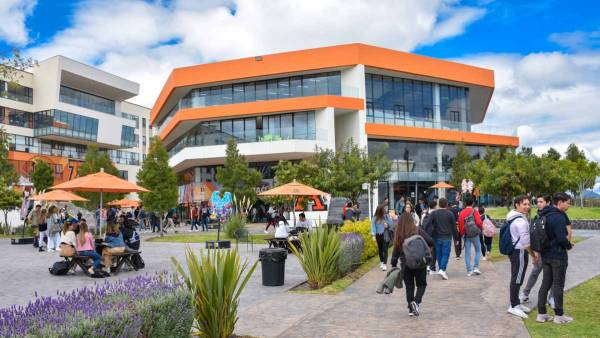

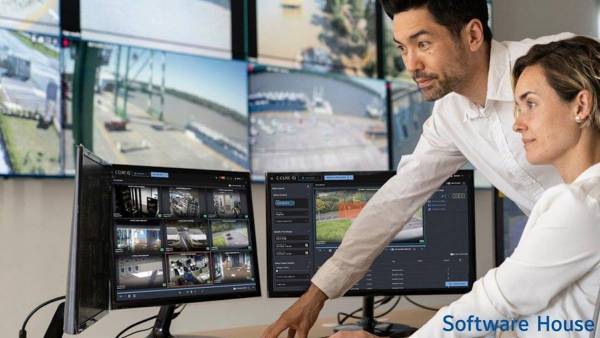
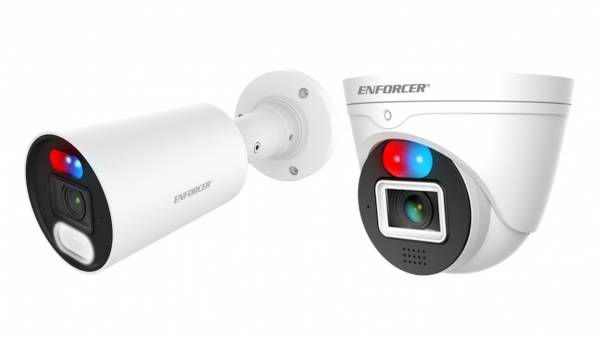

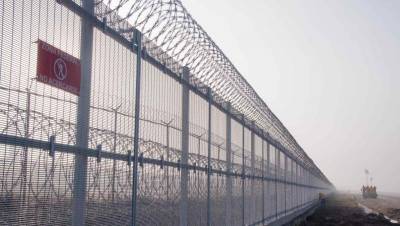


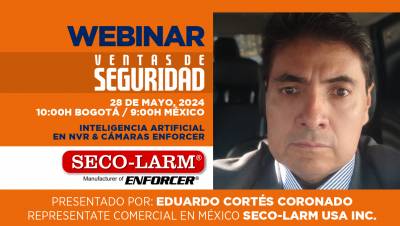









Leave your comment